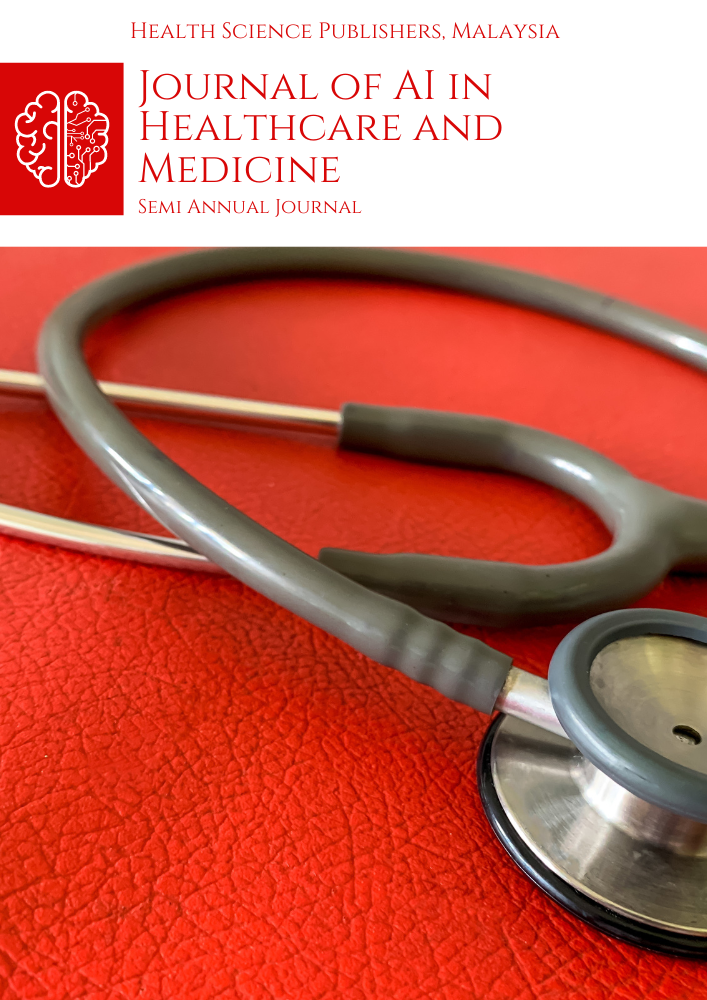Abstract
Car motional and extreme conditions are basically addressed in this paper by end-to-end tailoring inference and data fusion potential of a powerful deep learning III vision net in the Network Development, Sensor Cocoon. The proposed sensor data cocoon net accomplishes multitask end-to-end prediction for vehicle environmental perception for AD and ADAS. The perceived objects are automatically shared across different branches of the Sensor Cocoon which eliminates the redundancy and the feature mismatch coming from the parallel deep III vision nets. The Tailored Sensor Cocoon fuses high-level information coming from various heads leading to final prediction through selected feature set by the self-driving or selfparking task. The experiments carried out on challenging weather, lighting, crash condition and ADAS specific scenarios, IoT reveals cocoon net robustness and precise high-level features found better or equal to the previous state-of-the-art III vision nets and deep learning looped control methods [1].
References
[1] A. Deo, V. Palade, and M. Nazmul Huda, "Centralised and Decentralised Sensor Fusion-Based Emergency Brake Assist," 2021. ncbi.nlm.nih.gov
[2] M. Abdou and H. Ahmed Kamal, "SDC-Net: End-to-End Multitask Self-Driving Car Camera Cocoon IoT-Based System," 2022. ncbi.nlm.nih.gov
[3] A. Kaushik, R. Singh, M. Li, H. Luo et al., "Integrated Sensing and Communications for IoT: Synergies with Key 6G Technology Enablers," 2023. [PDF]
[4] J. Javier Yebes, D. Montero, and I. Arriola, "Learning to Automatically Catch Potholes in Worldwide Road Scene Images," 2021. [PDF]
[5] C. K. Leung, P. Braun, and A. Cuzzocrea, "AI-Based Sensor Information Fusion for Supporting Deep Supervised Learning," 2019. ncbi.nlm.nih.gov
[6] Y. Gong, J. Lu, J. Wu, and W. Liu, "Multi-modal Fusion Technology based on Vehicle Information: A Survey," 2022. [PDF]
[7] T. L. Kim and T. H. Park, "Camera-LiDAR Fusion Method with Feature Switch Layer for Object Detection Networks," 2022. ncbi.nlm.nih.gov
[8] B. Shahian Jahromi, T. Tulabandhula, and S. Cetin, "Real-Time Hybrid Multi-Sensor Fusion Framework for Perception in Autonomous Vehicles," 2019. ncbi.nlm.nih.gov
Tatineni, Sumanth. "Customer Authentication in Mobile Banking-MLOps Practices and AI-Driven Biometric Authentication Systems." Journal of Economics & Management Research. SRC/JESMR-266. DOI: doi. org/10.47363/JESMR/2022 (3) 201 (2022): 2-5.
Vemori, Vamsi. "Evolutionary Landscape of Battery Technology and its Impact on Smart Traffic Management Systems for Electric Vehicles in Urban Environments: A Critical Analysis." Advances in Deep Learning Techniques 1.1 (2021): 23-57.
Leeladhar Gudala, et al. “Leveraging Artificial Intelligence for Enhanced Threat Detection, Response, and Anomaly Identification in Resource-Constrained IoT Networks”. Distributed Learning and Broad Applications in Scientific Research, vol. 5, July 2019, pp. 23-54, https://dlabi.org/index.php/journal/article/view/4.
[12] A. Reyes-Muñoz and J. Guerrero-Ibáñez, "Vulnerable Road Users and Connected Autonomous Vehicles Interaction: A Survey," 2022. ncbi.nlm.nih.gov
[13] G. Albertus Marthinus Meiring and H. Carel Myburgh, "A Review of Intelligent Driving Style Analysis Systems and Related Artificial Intelligence Algorithms," 2015. ncbi.nlm.nih.gov
[14] L. Chen, P. Wu, K. Chitta, B. Jaeger et al., "End-to-end Autonomous Driving: Challenges and Frontiers," 2023. [PDF]
[15] D. Xu, H. Li, Q. Wang, Z. Song et al., "M2DA: Multi-Modal Fusion Transformer Incorporating Driver Attention for Autonomous Driving," 2024. [PDF]
[16] A. S. Mohamed, A. Abdelkader, M. Anany, O. El-Behady et al., "An Evaluation of RGB and LiDAR Fusion for Semantic Segmentation," 2021. [PDF]
[17] M. Dibaei, X. Zheng, K. Jiang, S. Maric et al., "An Overview of Attacks and Defences on Intelligent Connected Vehicles," 2019. [PDF]
[18] G. Cui, W. Zhang, Y. Xiao, L. Yao et al., "Cooperative Perception Technology of Autonomous Driving in the Internet of Vehicles Environment: A Review," 2022. ncbi.nlm.nih.gov
[19] J. Suo, W. Zhang, J. Gong, X. Yuan et al., "Computational Imaging and Artificial Intelligence: The Next Revolution of Mobile Vision," 2021. [PDF]
[20] S. Seshan, "Horus: Using Sensor Fusion to Combine Infrastructure and On-board Sensing to Improve Autonomous Vehicle Safety," 2020. [PDF]
[21] A. Manimuthu, V. Dharshini, I. Zografopoulos, M. K. Priyan et al., "Contactless Technologies for Smart Cities: Big Data, IoT, and Cloud Infrastructures," 2021. ncbi.nlm.nih.gov
[22] V. Rossi, P. Testolina, M. Giordani, and M. Zorzi, "On the Role of Sensor Fusion for Object Detection in Future Vehicular Networks," 2021. [PDF]
[23] A. Biswas and H. C. Wang, "Autonomous Vehicles Enabled by the Integration of IoT, Edge Intelligence, 5G, and Blockchain," 2023. ncbi.nlm.nih.gov
[24] Y. Maalej and E. Balti, "Integration of Vehicular Clouds and Autonomous Driving: Survey and Future Perspectives," 2022. [PDF]
[25] X. Yan, H. Zhang, Y. Cai, J. Guo et al., "Forging Vision Foundation Models for Autonomous Driving: Challenges, Methodologies, and Opportunities," 2024. [PDF]
[26] C. Englund, E. Erdal Aksoy, F. Alonso-Fernandez, M. Daniel Cooney et al., "AI perspectives in Smart Cities and Communities to enable road vehicle automation and smart traffic control," 2021. [PDF]
[27] D. Jong Yeong, G. Velasco-Hernandez, J. Barry, and J. Walsh, "Sensor and Sensor Fusion Technology in Autonomous Vehicles: A Review," 2021. ncbi.nlm.nih.gov
[28] J. Fayyad, M. A. Jaradat, D. Gruyer, and H. Najjaran, "Deep Learning Sensor Fusion for Autonomous Vehicle Perception and Localization: A Review," 2020. ncbi.nlm.nih.gov

